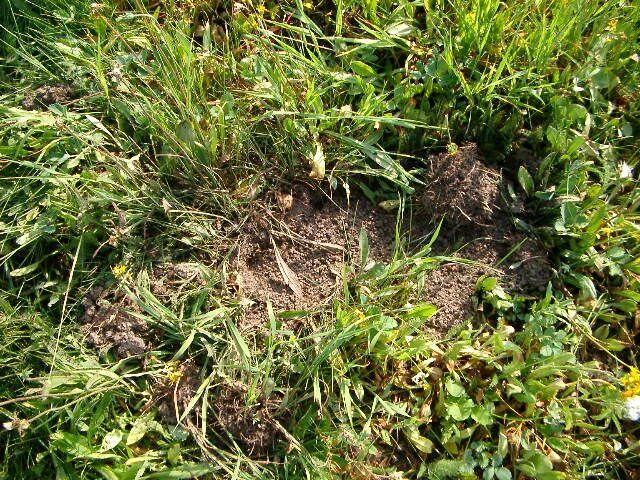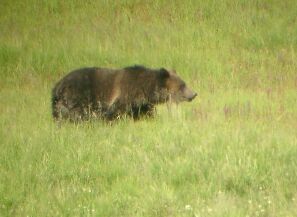
One evening I was following wolf tracks in the meadow at Willow Park in Yellowstone National Park. Suddenly I noticed brake lights and running tourists through the trees where I had left my wife and friends sitting near the road. I decided I better investigate and hurried back. Sure enough, moments earlier a grizzly had passed not more than 20 feet from my wife, pausing momentarily to glance her way. We hopped into the car and followed the grizzly (at a respectful distance) as it worked its way slowly along the woods bordering the meadow, feeding as it went, until the light gave out. Early the next morning I returned to follow his trail and study the sign.
Here I present examples of trail sign and feeding behavior gleaned from this unique opportunity.
Despite the large size of a grizzly, you will find few good prints along the typical trail except in the best of conditions. Instead look for more subtle signs that a large animal with a large footprint passed this way. (See also photos of a black bear trail.)
Look at the trail ahead at a low angle and you can see the "shine", a subtle difference in the color caused by the change in the way light is reflected when the plants under foot are compressed and disturbed.
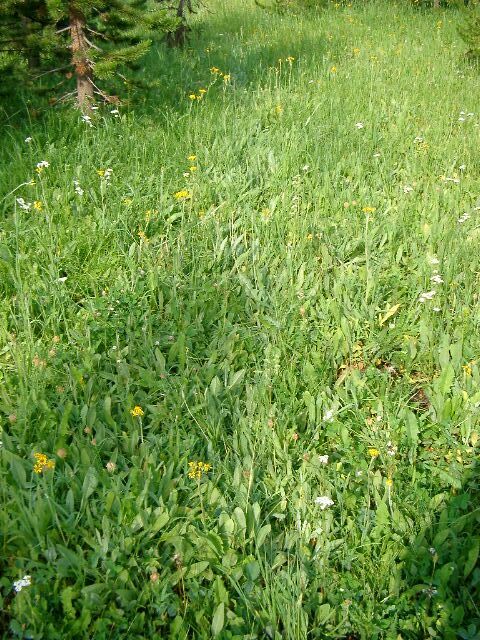
Plants are compressed by the weight of the bear and tend to lay in the direction of travel. These shots were taken about 8 hours after the trail was made and the plants are beginning to spring back. Broad leafed plants, in particular, will show some "flagging," revealing the lighter color of the underside of the leaf. Also look for bruising and tearing. The grass, stems, or leaves may become tangled.

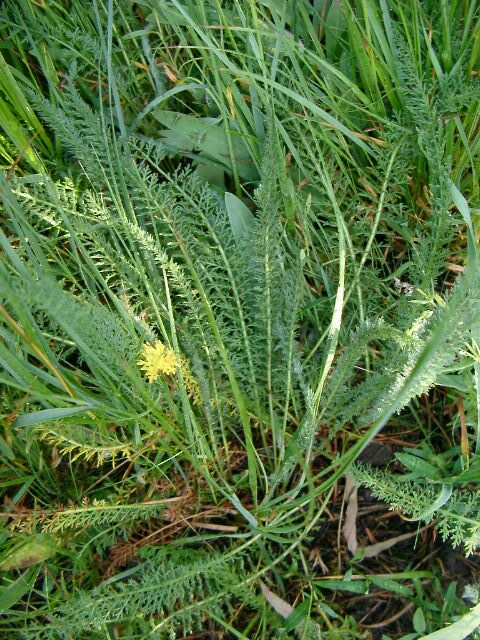
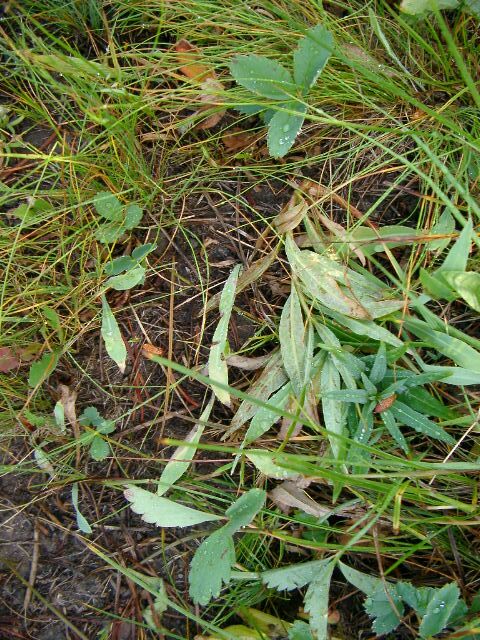
Dirt transfer often shows in the tracks with large feet such as bears and man. The dirt is picked up by the foot and transferred to the plants or even a log or rock.
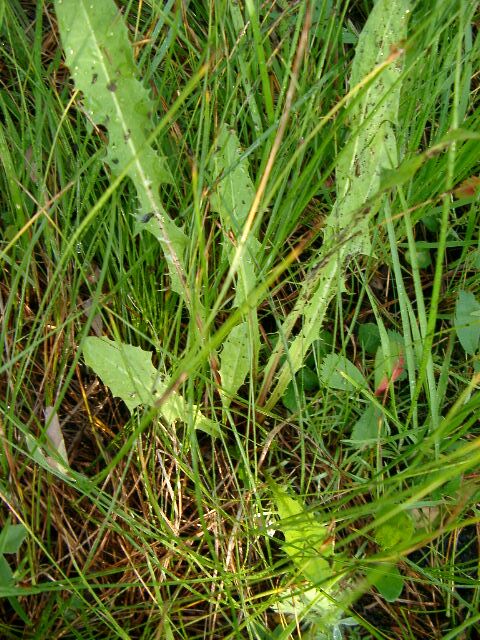
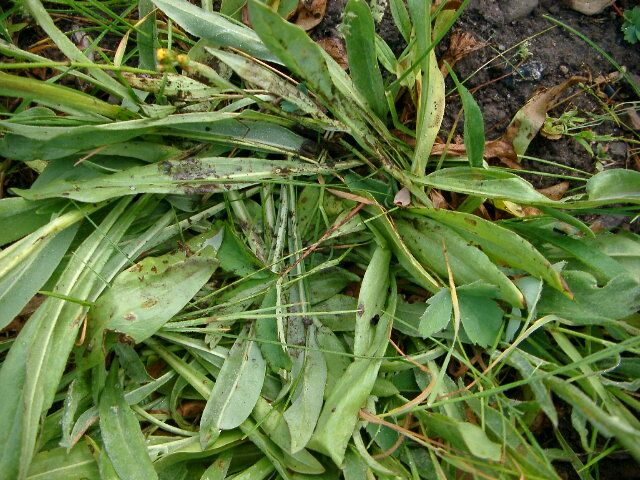
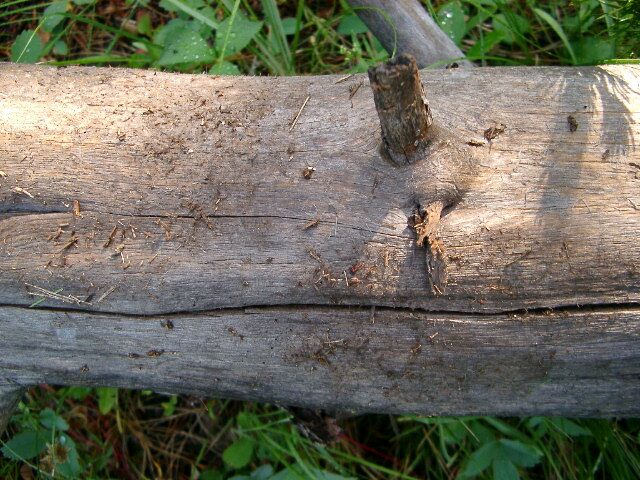
Soft earth is compressed by the weight. Edges of the heel pad or toes may be apparent even if there isn't a full print showing.
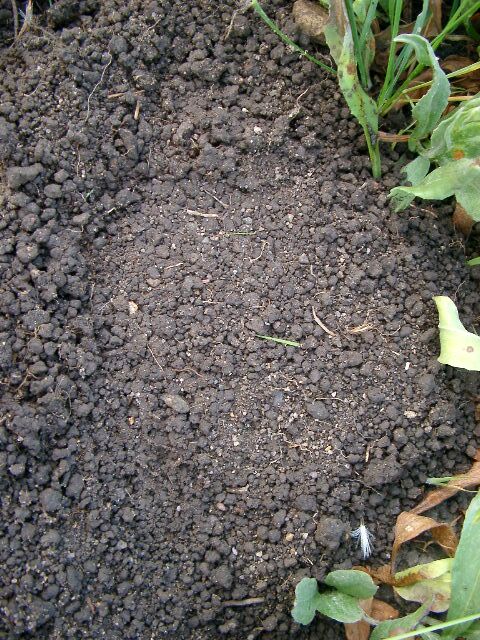
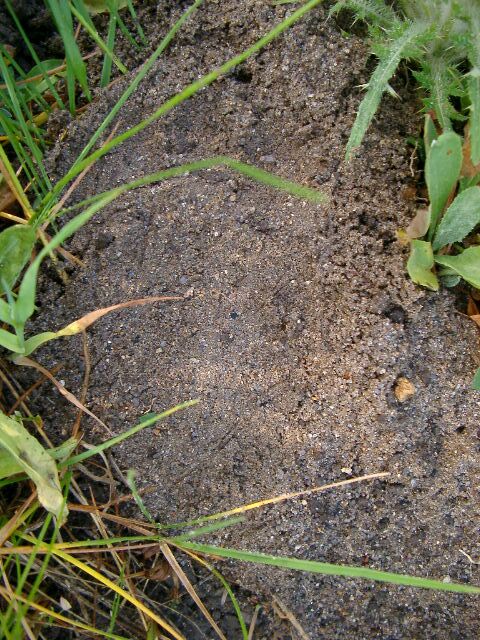
A soft scat.

Fallen log torn apart to get at grubs or termites.
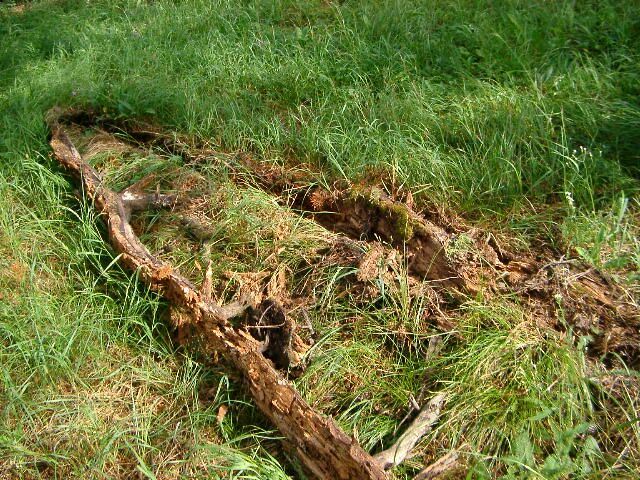
Ant hill dug up probably to get at both the ants and their larva.
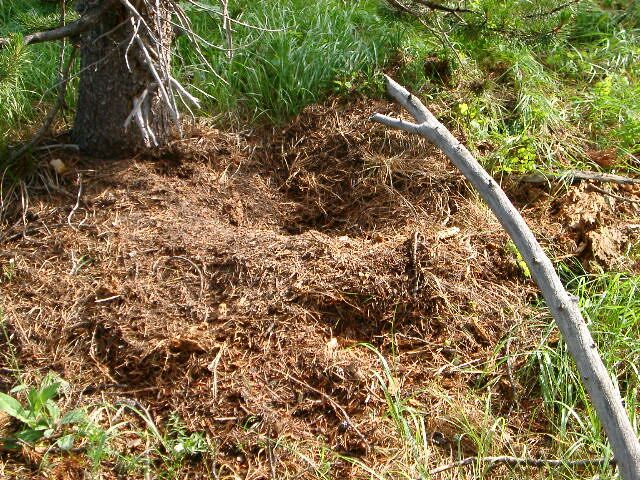
A dig, presumably to find tubers.
